ASM Metals HandBook Vol. 14 - Forming and Forging
Подождите немного. Документ загружается.

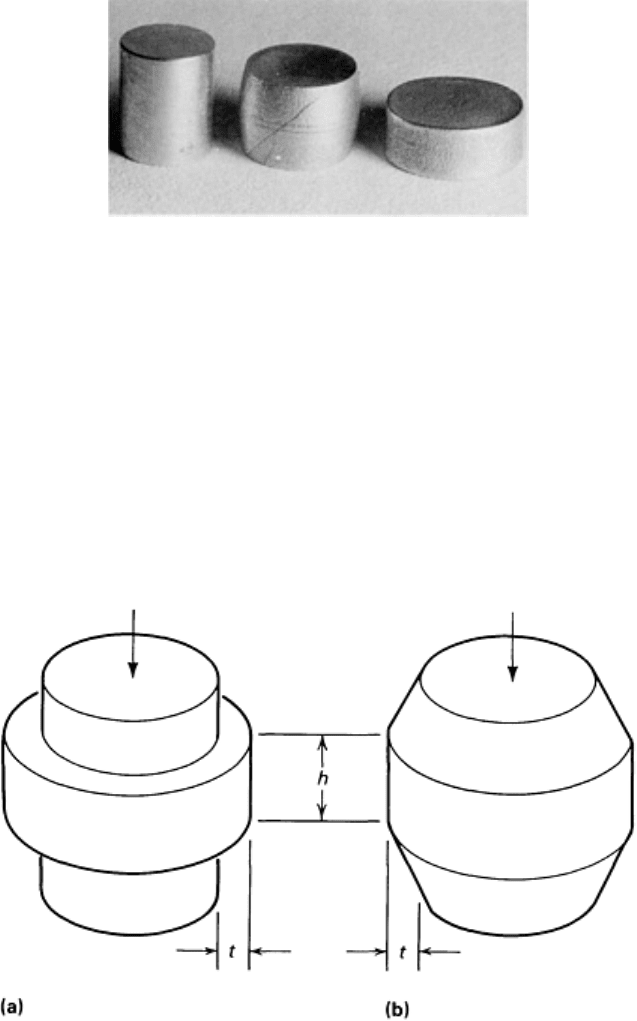
Fig. 7 Compression tests on 2024-
T35 aluminum alloy. Left to right: undeformed specimen, compression with
friction (cracked), compression without friction (no cracks).
Alterations of the compression test geometry have been devised to extend the range of surface strains available toward the
vertical, tensile strain axis, ε
1
(Ref 3). Test specimens are artificially pre-bulged by machining a taper or a flange on the
cylinders (Fig. 8). Compression then causes lateral spread of the interior material, which expands the rim
circumferentially while applying little axial compression to the rim. Therefore, the tapered and flanged upset test
specimens provide strain states consisting of small compressive strain components. Each combination of height, h, and
thickness, t, gives a different ratio of tensile to compressive strain. The strain states developed at the surfaces of straight,
tapered, and flanged compression test specimens are summarized in Fig. 9.
Fig. 8 Flanged (a) and tapered (b) prebulged compression test specimens. Lateral spread of interio
r material
under compression expands the rim circumferentially while little axial compression is applied. See Fig. 9.
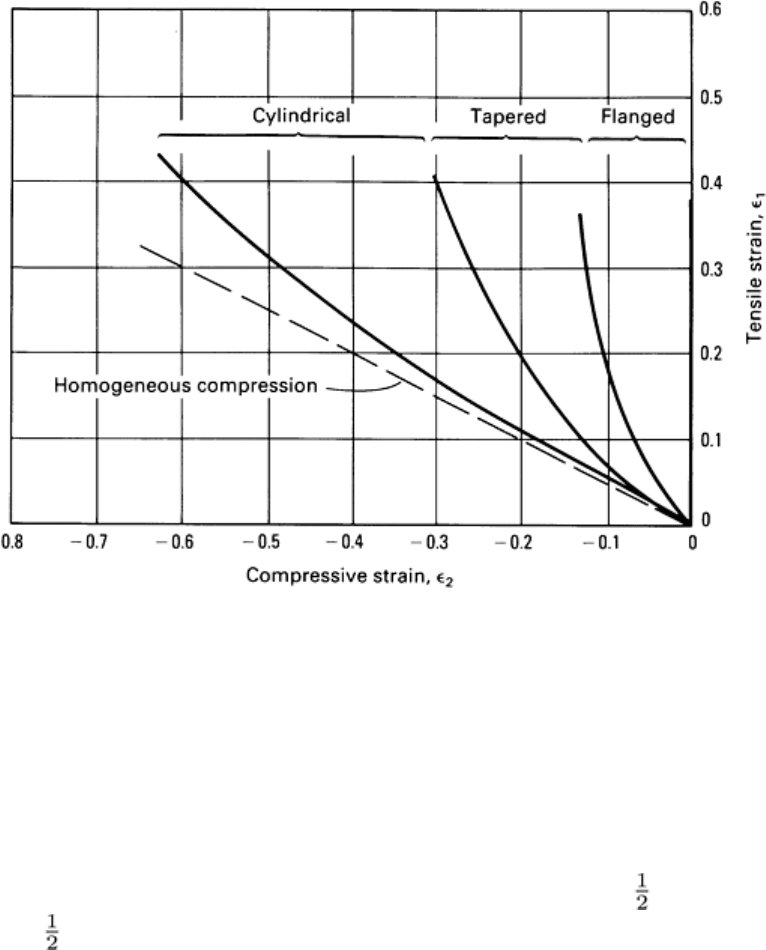
Fig. 9 Range of free surface strain combinations for compression tests having cylindrical (Fig. 2
), tapered and
flanged (Fig. 8) edge profiles. The ranges shown are approximate and they may overlap a small amount.
The variety of strain combinations available in compression tests offers the possibility for material testing over most of
the strain combinations that occur in actual metalworking processes. A number of samples of the same material and
condition are tested, each one under different friction and geometry parameters. Tests are carried out until fracture is
observed, and the local axial and circumferential strains are measured at fracture. Figures 10, 11, and 12 give some
examples of results for AISI 1045 carbon steel, 2024-T351 aluminum alloy at room temperature, and 2024-T4 alloy at a
hot-working temperature. In some cases, the fracture strains fit a straight line of slope - ; in others, the data fit a dual-
slope line with slope - over most of the range and slope -1 near the tensile strain axis. Similar data have been obtained
for a wide variety of materials. In each case, the straight line behavior (single or dual slope) appears to be characteristic of
all materials, but the height of the line varies with the material, its microstructure, test temperature, and strain rate.
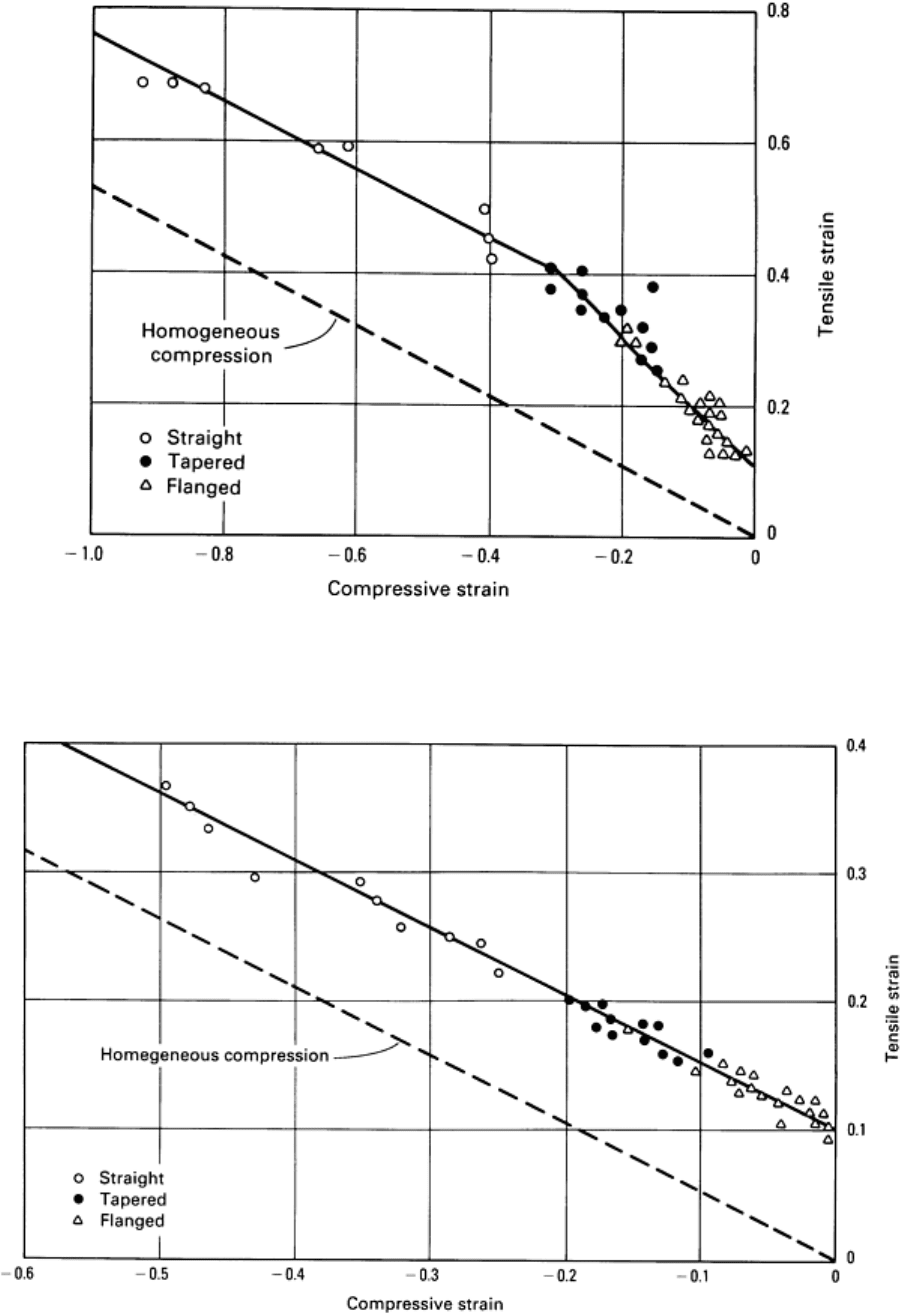
Fig. 10 Fracture locus for AISI 1045 cold-drawn steel.
Fig. 11 Fracture locus for aluminum alloy 2024-T351 at room temperature.
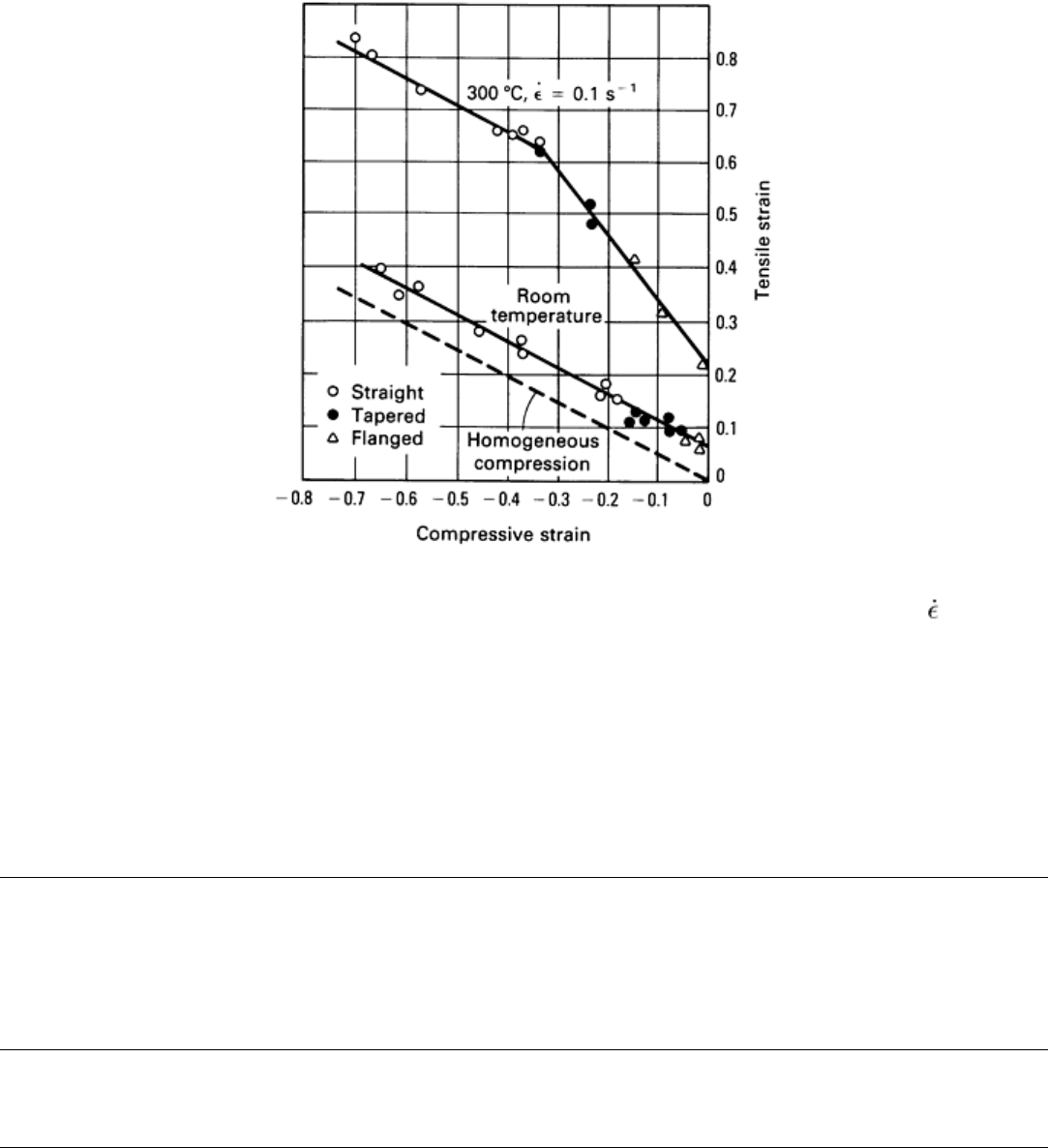
Fig. 12 Fracture locus for aluminum alloy 2024-T4 at room temperature and at 300 °C (570 °F). = 0.1 s
-1
.
The nature of the fracture loci shown in Fig. 10, 11, and 12 suggests an empirical fracture criterion representing the
material aspect of workability. The strain paths at potential fracture sites in material undergoing deformation processing
(determined by measurement or mathematical analysis) can then be compared to the fracture strain loci. Such strains can
be altered by process parameter adjustment, and they represent the process input to workability. If the process strains
exceed the fracture limit lines of the material of interest, fracture is likely. Other approaches to establishing fracture
criteria, as well as applications of the criteria, are given in the following two sections of this article.
Reference cited in this section
3.
E. Erman and H.A. Kuhn, Novel Test Specimens for Workability Measurements, in
Compression Testing of
Homogeneous Materials and Composites,
STP 808, American Society for Testing and Materials, 1983, p
279-290
Workability Theory and Application in Bulk Forming Processes
Howard A. Kuhn, University of Pittsburgh
Theoretical Fracture Models and Criteria
Fracture criteria for metalworking processes have been developed from a number of viewpoints. The most obvious
approach involves modeling of the void coalescence phenomenon normally associated with ductile fracture (see Fig. 3 in
the article "Introduction to Workability" in this Section). Another approach involves a model of localized thinning of
sheet metal that has been adapted to bulk forming processes. In addition to models of fracture, criteria have been
developed from macroscopic concepts of fracture. The Cockcroft criterion is based on the observation that both tensile
stress and plastic deformation are necessary ingredients, which lead to a tensile deformation energy condition for fracture.
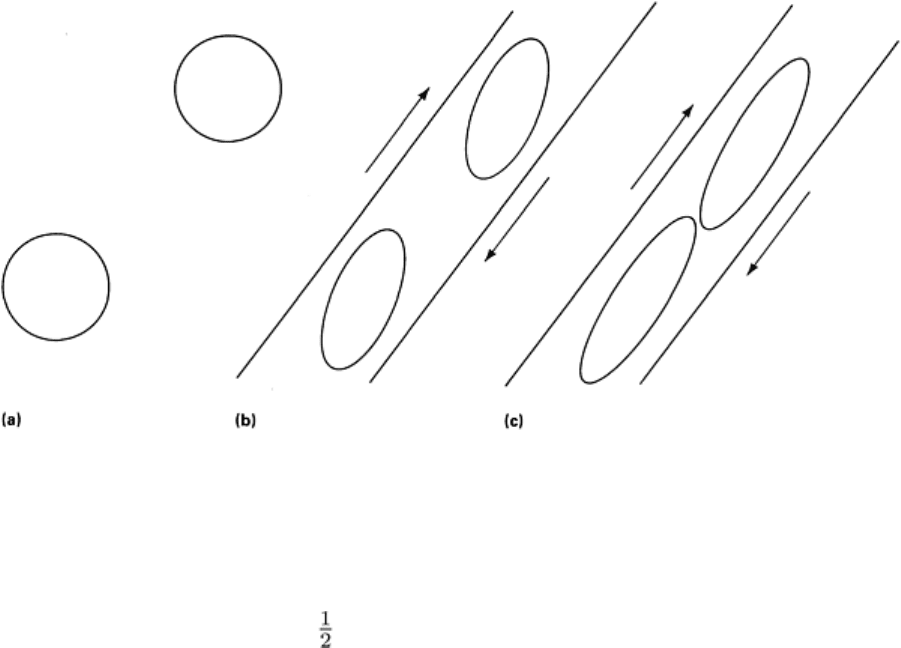
The upper bound method has been used to predict fracture in extrusion and drawing. Other approaches are based on the
calculation of tensile stress by slip-line fields.
Void Growth Model. Microscopic observations of void growth and coalescence along planes of maximum shear
leading to fracture have led to the development of a model of hole growth (Ref 4). Plasticity mechanics is applied to the
analysis of deformation of holes within a shear band. When the elongated holes come into contact, fracture is considered
to have occurred (Fig. 13). When the McClintock model is evaluated for a range of applied stress combinations, a fracture
strain line can be constructed.
Fig. 13
McClintock model of void coalescence by shear from initial circular voids (a), through growth (b), and
void contact (c).
Figure 14 shows the calculated results from the McClintock model in comparison with the experimental fracture line. The
predicted fracture strain line has a slope of - over most of its length, matching that of the experimental fracture line.
Near the tensile strain axis, the slope of the predicted line is -1, matching that of actual material results shown in Fig. 10
and 12.
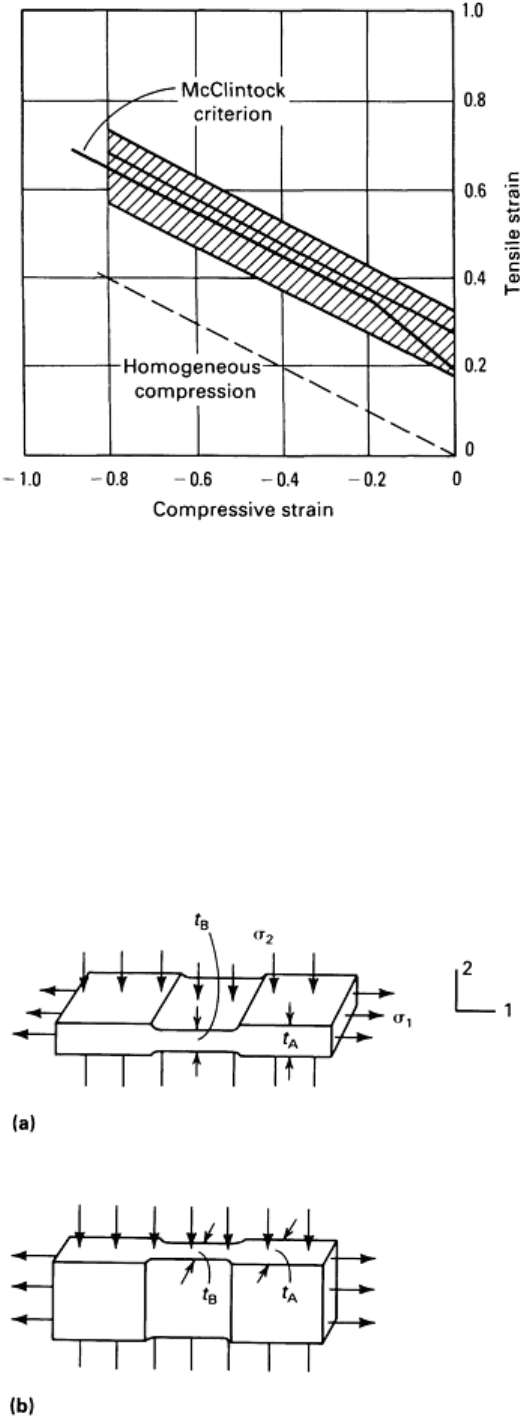
Fig. 14
Fracture strain locus predicted by the McClintock model of void growth. The shaded area represents
typical experimental fracture loci, such as Fig. 10, 11, and 12.
Localized Thinning Model. In sheet forming, the observation that a neck forms before fracture, even under biaxial
stress conditions in which localized instability cannot occur, has prompted consideration of the effects of inhomogeneities
in the material. For example, a model of localized thinning due to a small inhomogeneity has been devised (Ref 5).
Beginning with the model depicted in Fig. 15, plasticity mechanics is applied to determine the rate of thinning of the
constricted region t
B
in relation to that of the thicker surrounding material t
A
. When the rate of thinning reaches a critical
value, the limiting strains are considered to have been reached, and a forming limit diagram can be constructed. The
analysis includes the effects of crystallographic anisotropy, work-hardening rate, and inhomogeneity size.
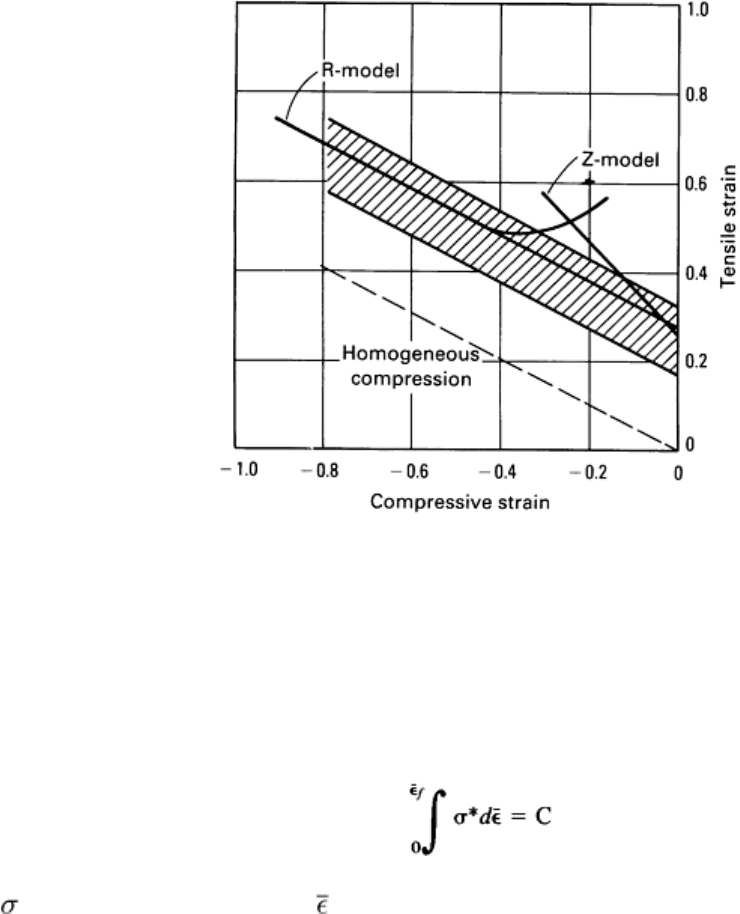
Fig. 15 Models for the analysis of localized thinning and fracture at a free surface. (a) R-model, (b) Z-
model.
Source: Ref 6.
This model was applied to free surface fracture in bulk forming processes because of evidence that localized instability
and thinning also precede this type of ductile fracture (Ref 6). Two model geometries were considered, one having a
groove in the axial direction (Z-model) and the other having a groove in the radial direction (R-model) as shown in Fig.
15. Applying plasticity mechanics to each model, fracture is considered to have occurred when the thin region, t
B
, reduces
to zero thickness. When these fracture strains are plotted for different applied stress ratios, a fracture strain line can be
constructed. As shown in Fig. 16, the predicted fracture line matches the essential features of the experimental fracture
lines. The slope is -½ over most of the strain range and approximately -1 near the tensile strain axis. Again, this model is
in general agreement with the dual-slope fracture loci shown in Fig. 10 and 12.
Fig. 16 Fracture strain locus predicted by the model of localized thinning.
The shaded area represents typical
experimental fracture loci.
Cockcroft Model. The Cockcroft criterion of fracture is not based on a micromechanical model of fracture, but simply
recognizes the macroscopic roles of tensile stress and plastic deformation (Ref 7). It is suggested that fracture occurs
when the tensile strain energy reaches a critical value:
where * is the maximum tensile stress; is the equivalent strain; and C is a constant determined experimentally for a
given material, temperature, and strain rate. The criterion has been successfully applied to cold-working processes. It has
also been reformulated to provide a predicted fracture line for comparison with the experimental fracture strain line.
Figure 17 shows that the fracture strain line predicted by the Cockcroft criterion is also in reasonable agreement with
experimental results. This criterion does not show the dual-slope behavior of the previous models and some actual
materials. The question of why some materials exhibit the dual-slope fracture locus and others only a single slope remains
the subject of speculation, discussion, and further study.
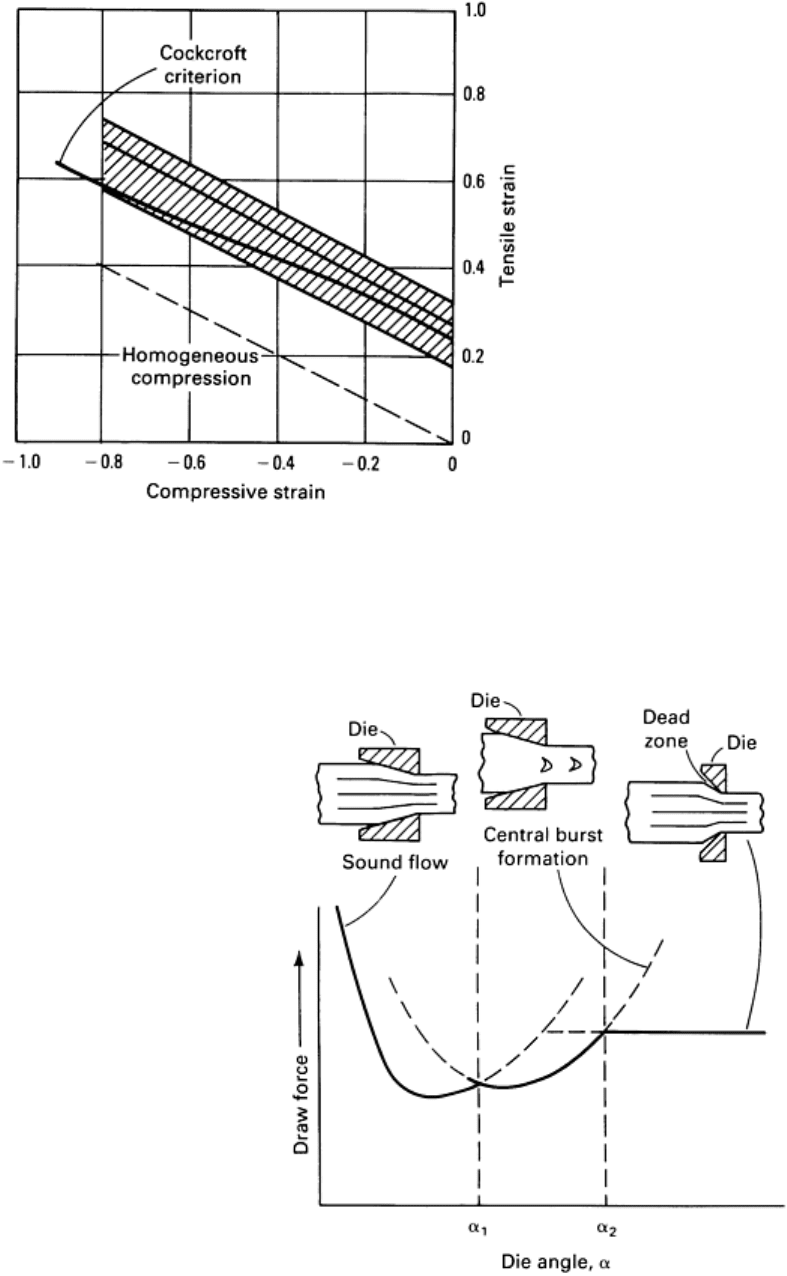
The upper bound method of plasticity analysis requires
the input of a flow field in mathematical function form. The
external work required to produce this flow field is
determined through extensive calculation. This value for
external work is an upper bound on the actual work required.
Through optimization procedures, the flow field can be
found that minimizes the calculated external work done, and
this flow field is closest to the actual metal flow in the
process under analysis. The upper bound method has been
applied to a number of metalworking processes (Ref 8).
In consideration of metal flow fields, perturbations can be
incorporated that simulate defect formation. In some
situations, the external work required to create the flow field
with defects is less than the work required to create the flow
field without defects (sound flow). According to the upper
bound concept, defects would occur in these situations.
The upper bound method has been applied to the prediction
of conditions for central burst formation in extrusion and
wire drawing. As shown in Fig. 18, for die angles less than
α
1
, sound flow requires less drawing force than flow with
central burst formation. Above α
2
, extrusion with a dead-
metal zone near the die requires lower drawing force. In the
range of die angles between α
1
and α
2
, central burst is
energetically more favorable (Ref 9).
Fig. 18
Variation in mode of flow with die angle in wire drawing. The mode requiring the smallest force at any
die angle is the active mode. This is a schematic for one value of reduction. Source: Ref 9.
Repeated calculations using the upper bound method provide the combinations of die angle and reduction that cause
central burst (Fig. 19). Friction at the die contact surface affects the results. If operating conditions are in the central burst
Fig. 17
Fracture strain locus predicted by the
Cockcroft criterion.
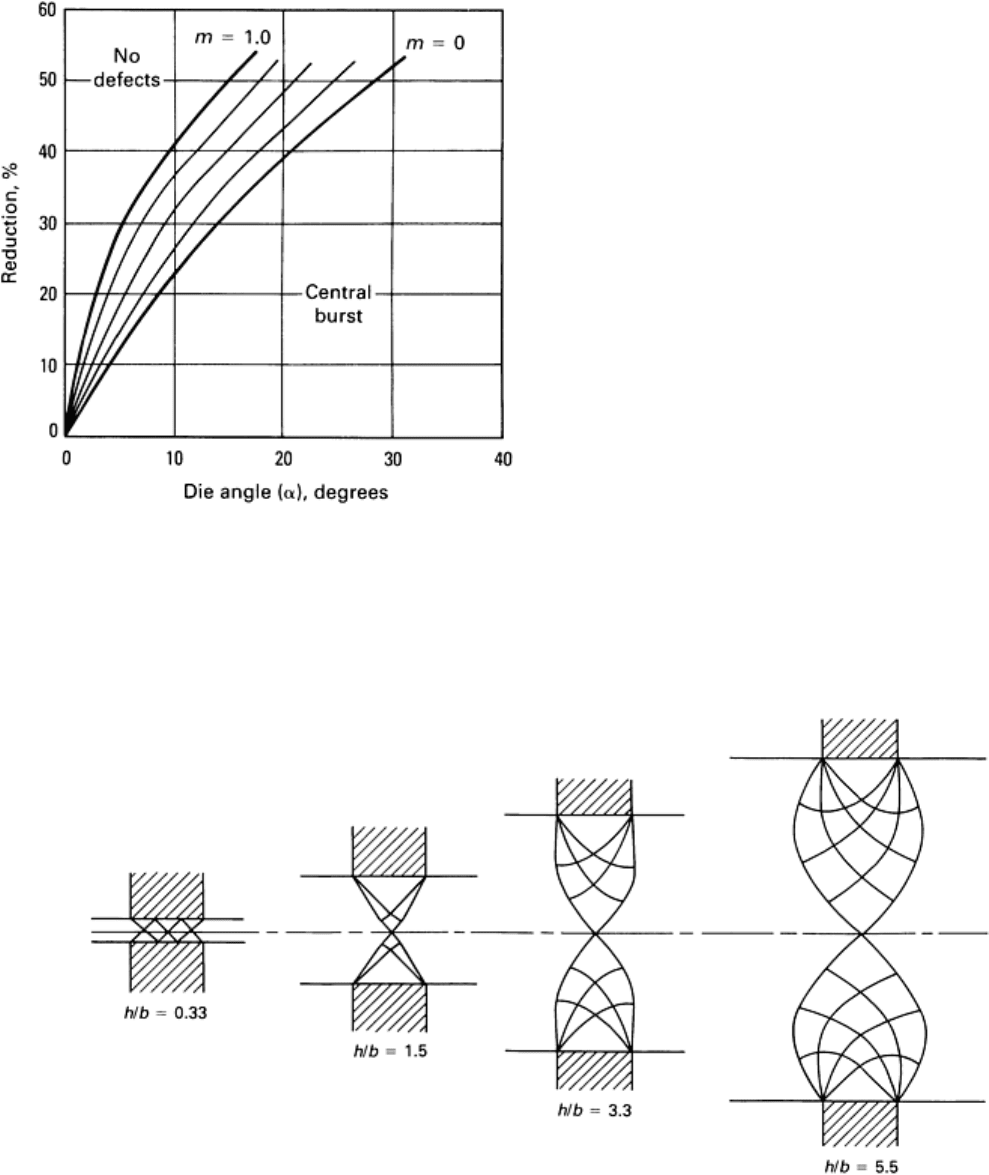
region, defects can be avoided by decreasing the die angle and/or increasing the reduction so that the operating conditions
are in the safe zone. This example is a clear illustration of the role of process parameters (in this case, geometric
conditions) in workability. An application of this method is given in the section "Applications" in this article.
It should be pointed out that the upper bound method for
defect prediction gives only a necessary condition. The
strain-hardening and strain rate hardening characteristics of
the material have been included in the analysis (Ref 10), but
the microstructural characteristics have been omitted.
Therefore, when operating in the central burst range
illustrated in Fig. 19, fracture can occur; whether or not it will
depends on the material structure (voids, inclusions,
segregation, and so on). When operating in the safe area
shown in Fig. 19, central burst will not occur, regardless of
the material structure.
Tensile Stress Criterion. The role of tensile stress in
fracture is implicit yet overwhelmingly clear throughout the
discussion of fracture and fracture criteria. The calculation of
tensile stresses in localized regions, however, requires the use
of advanced plasticity analysis methods, such as slip-line
fields or finite-element analysis. One result of slip-line field
analysis that has wide application in workability studies is
discussed below.
Double indentation by flat punches is a classical problem in
slip-line field analysis (Fig. 20). The boundaries of the
deformation zone change as the aspect ratio h/b (workpiece
thickness-to-punch width) increases. For h/b > 1, the slip-line
field meets the centerline at a point, and for h/b < 1 the field
is spread over an area nearly as large as the punch width.
Fig. 20 Slip-line fields for double indentation at different h/b ratios. Source: Ref 11.
Fig. 19
Upper bound prediction of central burst in
wire drawing. Increasing friction, expressed by the
friction factor m,
increases the defect region of the
map. Source: Ref 10.
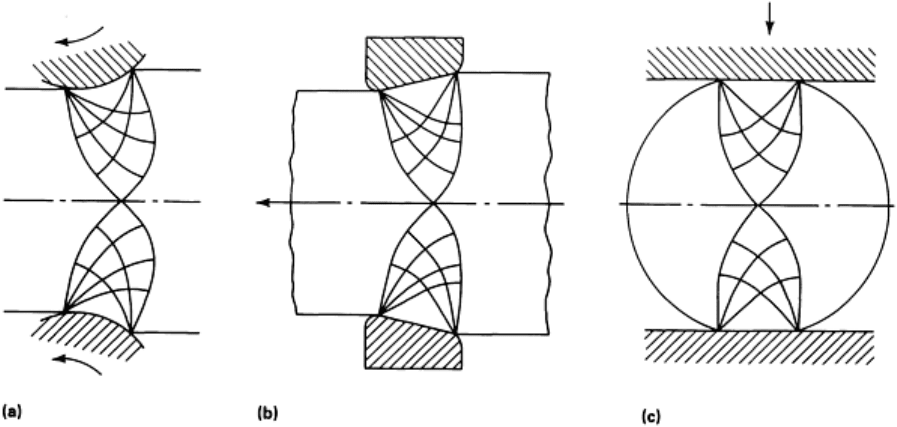
This tooling arrangement and deformation geometry approximates several other metalworking processes, as shown in Fig.
21. For similar h/b ratios in these processes, then, the stresses throughout the deformation zone of the process can be
approximated by those calculated from slip-line field analysis for double indentation.
Fig. 21 Slip-
line fields for rolling (a), drawing (b), and side pressing (c). These fields are similar to those for
double indentation shown in Fig. 20.
Most of the work on double indentation has focused on the calculation of punch pressure and the extrapolation of these
results to other processes--for example, those in Fig. 21. In a very detailed study of double indentation, remarkable
agreement was found between experimental results and slip-line field results (Ref 12).
For workability studies, however, it is necessary to locate and to calculate the critical tensile stresses. It can be shown that
the hydrostatic stress is always greatest algebraically at the centerline of the material and that this stress is tensile for h/b >
1.8. The calculated results for punch pressure and centerline hydrostatic stress are given in Fig. 22. Therefore, it is
necessary to specify die and workpiece geometric parameters such that h/b < 1.8 in order to avoid tensile stress and
potential fracture at the centerline of the processes shown in Fig. 21.
